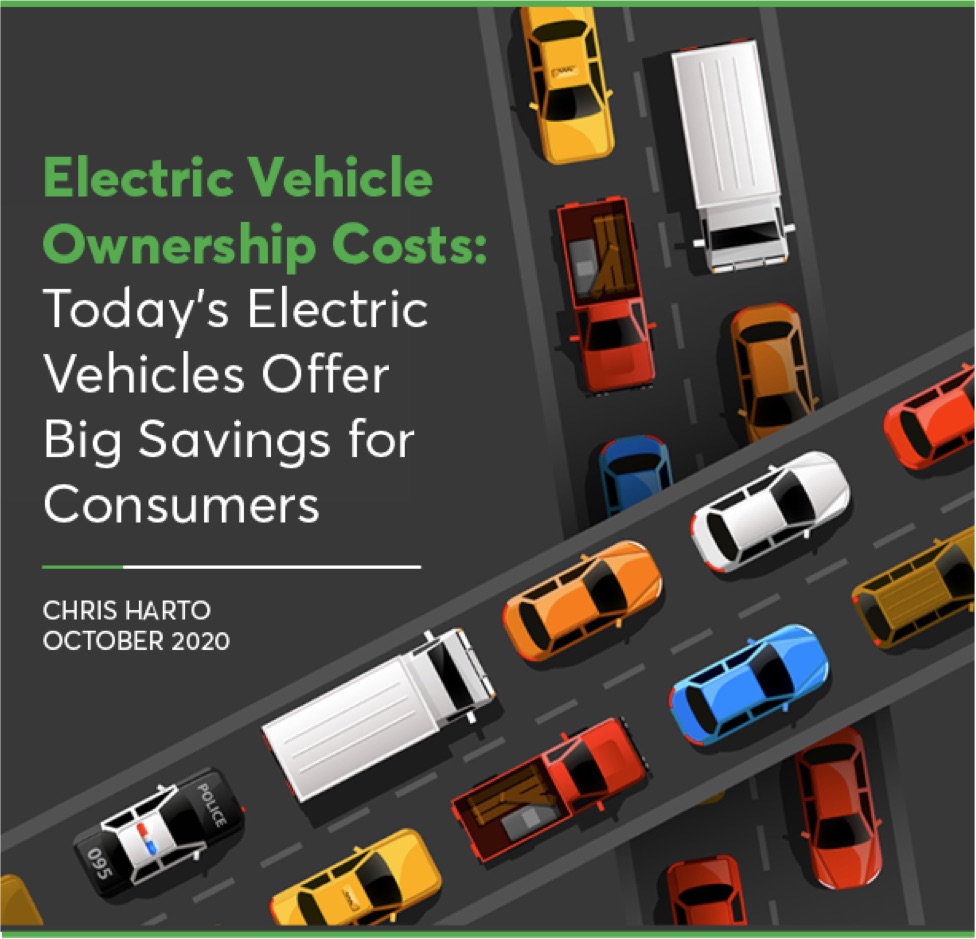Los motores eléctricos no requieren ningún mantenimiento regular, por lo que cambiar de un devorador de gasolina a un EV ofrece ahorros significativos en el servicio. El conductor promedio de EV ahorra $4,600 en mantenimiento y reparación de por vida.
Para los vehículos totalmente eléctricos, se acabó la necesidad de cambios de aceite e inspección de bujías, correas de distribución o cualquiera de los otros cientos de piezas móviles de un motor de combustión interna. Individualmente, cada cambio de aceite puede costar solo $50 y tomar una hora, pero en conjunto, el tiempo y el dinero que se necesita para mantener un vehículo con motor de combustión se acumulan.
Los vehículos eléctricos siguen siendo vulnerables a problemas físicos como el desgaste desigual de los neumáticos o filtros de aire atascados en el sistema HVAC. Pero la simplicidad de los sistemas de propulsión de los vehículos eléctricos garantiza que los conductores de vehículos eléctricos puedan gastar menos tiempo y dinero en lidiar con los mecánicos. E incluso puede esperar que las pastillas de freno duren mucho más que en un automóvil de gasolina comparable, gracias a los sistemas de frenado regenerativo que reducen el desgaste y aumentan la eficiencia.
Reparar
Gasoline powered cars generally require expensive repairs when reaching 100,000 miles. In common car problems, two-thirds are problems that only cars with a combustion engines can have, including transmission problems, clogged fuel filters or injectors, and faulty spark plugs.
Electric vehicles experience none of these motor problems and will save you from the unexpected and unwanted repair bills that come with them. A 2020 analysis by Consumer Reports found that plug-in vehicles (both electric and plug-in hybrids) are half as expensive to maintain and repair as gasoline-powered cars.
The plug-in hybrid will require all the oil changes and inspections of a typical combustion engine. However, driving with an electric motor part of the time reduces wear and tear on the combustion engine, keeping costs down over the life of the car and lessening the likelihood of costly repairs in the future.
The graph below, from the United States Department of Energy, compares the scheduled maintenance costs across multiple types of vehicles. On the left, you can see that an ICEV (internal combustion engine vehicle) has the highest costs, followed by a HEV (hybrid electric vehicle) and PHEV (plug-in hybrid electric vehicle). BEVs (battery electric vehicles) have the lowest overall maintenance costs because they do not require transmission services, spark plug replacements, timing belts, or engine and oil filters. Overall, the scheduled maintenance costs of a battery electric vehicle or EV is roughly 60% lower than a traditional gas-powered car.
Consumer Reports: los vehículos eléctricos ofrecen grandes ahorros en comparación con los automóviles tradicionales a gasolina

